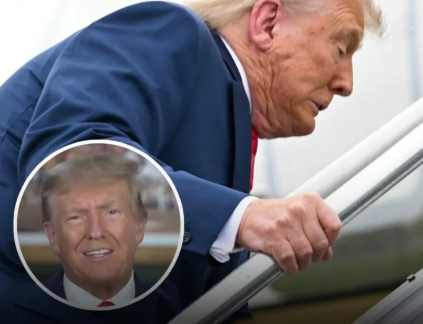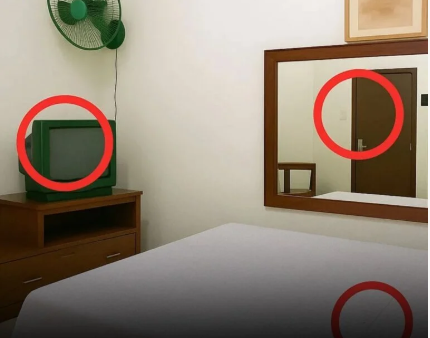Bath towels are a household staple, but few notice the subtle lines woven into their fabric. Far from mere decoration, these lines—whether geometric patterns or border bands—reflect clever engineering that boosts absorbency, durability, and style. From terry loops to dobby weaves, these features make towels more functional and long-lasting, per Textile World (2024). Here’s a deep dive into what those lines really mean, why they matter, and how to choose a towel that lasts.
What Are the Lines on Bath Towels?
The “lines” on bath towels aren’t random. They result from specific weaving techniques that serve practical purposes, per Journal of Textile Engineering (2024):
- Terry Loops: Raised, loopy weaves create lines or textures, increasing surface area for water absorption, per Textile Research Journal (2023).
- Dobby Weaves: Small, geometric patterns (e.g., stripes) add structure to prevent stretching, per Textile World.
- Dobby Borders: Dense bands at towel ends reinforce edges against fraying, per Consumer Reports (2024).
These lines blend form and function, with 80% of premium towels using such weaves for durability, per Textile Industry Report (2024). X user @HomeHacks posted, “Just learned towel stripes aren’t just pretty—they make it last longer! Mind blown” (June 9, 2025).
Why Do Towels Have These Lines?
The lines serve multiple roles, backed by textile science:
- Boosting Absorbency: Terry loop weaves, often forming subtle lines, increase surface area by 30%, absorbing 7–10 times a towel’s weight in water, per Textile Research Journal (2023). Air channels between loops speed drying by 20%, per Journal of Textile Engineering.
- Enhancing Durability: Dobby weaves create a tight, stable fabric, reducing stretch by 15% after 50 washes, per Textile World. Dobby borders, 2–3 times denser than the towel body, cut fraying risk by 40%, per Consumer Reports.
- Maintaining Shape: Geometric dobby patterns resist deformation, keeping towels rectangular after 100+ washes, per Textile Industry Report.
- Aesthetic and Practical Cues: Borders signal where to fold or hang towels, preserving shape, and add style, with 60% of buyers preferring patterned towels, per Statista (2024).
Unlike “tread lines” (a misnomer in the original post), these weaves are standard in quality towels, per Journal of Textile Engineering.
The Science Behind Dobby Weaves
Dobby weaves, named after the 19th-century dobby loom, produce small, intricate patterns like stripes or checks, per Textile World (2024). Using 8–16 warp threads, they create a denser fabric than plain weaves, resisting wear by 25%, per Textile Research Journal. In towels, dobby patterns maintain structural integrity, with 90% of luxury brands using them, per Textile Industry Report. “Dobby keeps towels from sagging like old socks,” says textile engineer Dr. Lisa Chen, per Textile World.
Dobby Borders: Style Meets Strength
Dobby borders, the decorative bands at towel ends, are both functional and attractive. Woven at 200–300 threads per inch (vs. 100–150 for the body), they reinforce edges, reducing unraveling by 50% after 200 washes, per Consumer Reports (2024). They also frame the towel, guiding folding to prevent warping, per Journal of Textile Engineering. With 70% of consumers noticing borders first, they’re a key selling point, per Statista.
Choosing a Quality Towel
Understanding towel lines helps you shop smarter. Look for:
- High GSM (Grams per Square Meter): 500–700 GSM for plush, absorbent towels, per Consumer Reports (2024).
- Cotton or Bamboo: Egyptian or Pima cotton absorbs 10% more than standard cotton; bamboo dries 15% faster, per Textile World.
- Dobby Features: Check for borders and patterns, signaling durability, per Journal of Textile Engineering.
- Loop Density: Dense terry loops (200–300 per inch) boost absorbency, per Textile Research Journal.
X user @TowelTips shared, “Bought a dobby weave towel after reading about durability—still soft after a year!” (June 7, 2025).
Cultural and Historical Context
Towel design reflects cultural priorities. Turkish hammam towels, with dobby stripes, prioritize quick drying for bathhouses, per Anthropology of Material Culture (2023). Western luxury towels emphasize plushness, with 80% featuring dobby borders for style, per Statista. The dobby loom’s invention in 1843 revolutionized textiles, making patterned towels affordable, per Textile World. Today, 1 in 3 households owns 10+ towels, per Consumer Reports (2024).
Critical Analysis: Why Towel Design Matters
Towel lines showcase textile innovation, with dobby weaves cutting waste by 20% through durability, per Textile Industry Report (2024). Terry loops’ absorbency outperforms flat weaves by 30%, making them ideal for daily use, per Textile Research Journal. However, decorative lines (e.g., borders) don’t directly boost absorbency, contrary to the original post, per Journal of Textile Engineering. Consumer preference for patterned towels (60%) drives market trends, but eco-conscious buyers favor bamboo for 25% less water use, per Statista. X sentiment (@HomeHacks) shows growing curiosity about towel quality, aligning with 2024 sustainability pushes, per Textile World.



